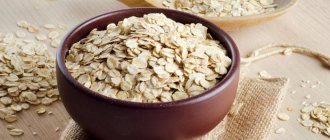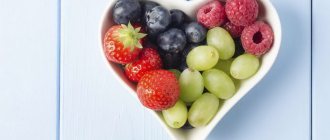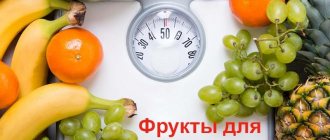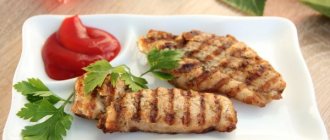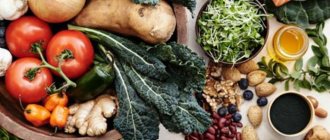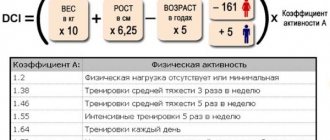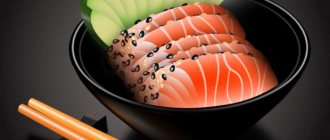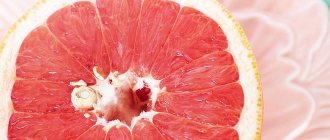What are calories? What has a lot of calories? Anyone who strives to eat healthy has to answer these questions for themselves. Calories in food are a measure of the energy we get from food. Cells need energy to do their job. If a person has a normal weight, then it is advisable for him to get the same amount of calories from food and spend on exercise every day. However, people who dream of losing excess weight are often interested in the question of what contains a lot of calories. In fact, all diets for losing weight and proper nutrition systems are built on a significant restriction of high-calorie foods.
Meat
This is what tops the ranking of foods high in calories. Nutritionists consider pork to be the most satisfying. 100 g of this meat contains 491 kcal. The calorie content of pork fat (lard) is generally prohibitive - 797 kcal! The explanation is simple: 90% of the composition is fat.
All kinds of smoked and semi-smoked sausages are classified as unhealthy. They contain lard, pork and beef fat. There is a lot of cholesterol in chicken skin. You should also be careful when consuming meat from large and small livestock. The calorie content of these products varies within 300 kcal.
If we talk about products with moderate fat content, then this is rabbit, turkey, and chicken. They belong to a number of dietary ones.
Porridge
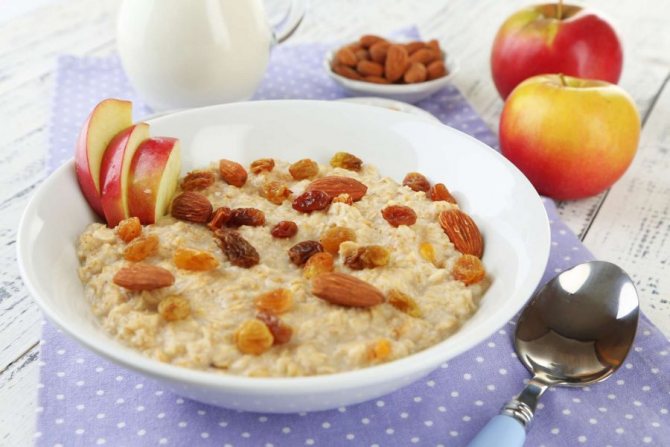
Porridge forms the basis of many diets. The most calories are in millet porridge (325 kcal), the least in oatmeal (88 kcal). At first glance, even these numbers are high. But it is worth considering that calories are calculated for a dry product. In addition, porridges maintain a feeling of fullness for a long time, thereby preventing the rapid expenditure of energy.
Slow carbohydrates in the composition are not their only advantage. Porridge contains fiber, which cleanses the intestines. Therefore, you can take any porridge for breakfast. True, it should be cooked with the addition of a minimal amount of butter.
Vegetables and fruits
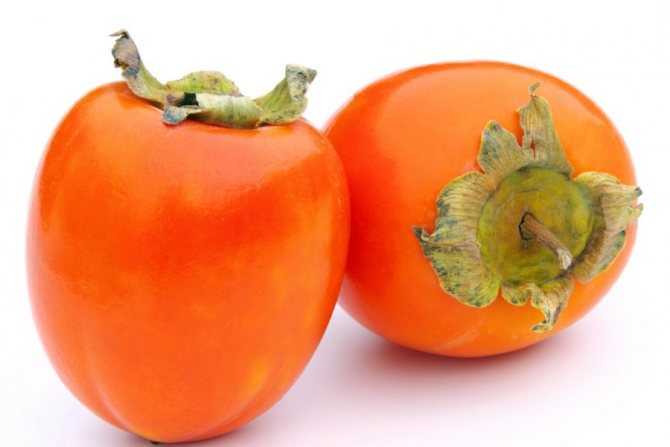
The calorie content of fruits is higher than that of vegetables due to the fructose and glucose they contain. Although in general the calorie content of these fruits is the lowest (rarely exceeds 50 kcal per 100 grams). But not all fruits are low-calorie. Exceptions are bananas, grapes and persimmons. Therefore, they should be considered a complete food.
Fruits contain a large amount of natural sugars. It is believed that the more sweet the fruit pulp is, the higher its energy value. The lowest calorie apples, apricots and citrus fruits.
Avocado is recognized as the fattest fruit on earth. 30% of its pulp consists of fat! If you try to separate the fruit from the peel, you will get the impression that you are cutting butter. If you spread it on bread, you get a hearty sandwich that can replace a regular sandwich with butter.
Due to loss of moisture, the calorie content of fruits prepared for the winter increases tenfold. The calorie content of all dried fruits is higher than their fresh counterparts. Heat treatment preserves beneficial substances, but significantly increases the sugar content. For example, the nutritional value of a fresh apple is 47 kcal, and a dried one is 253 kcal. The calorie content of dried fruits and candied fruits is very high, on average 200-400 kcal per 100 grams. Dried bananas have the most – 390 kcal.
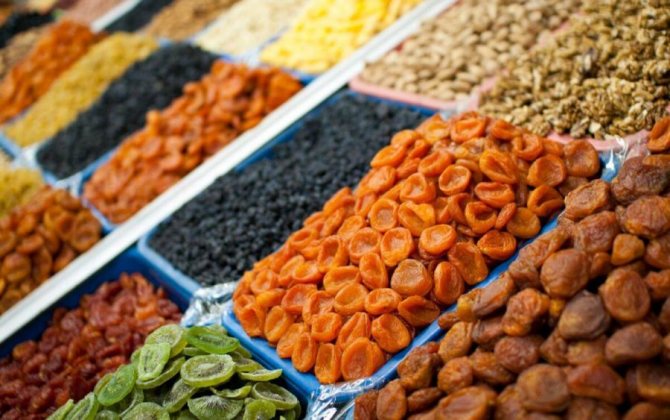
As for vegetables, they consist of a large amount of water (the only exceptions are legumes and potatoes). Therefore, they contain very few energetically valuable substances. Low-calorie - cucumbers (only 14 kcal), high-calorie - garlic (149 kcal), potatoes (80 kcal), beets (42 kcal).
To find out the calorie content of vegetables, you can use special tables. It should be borne in mind that data on fresh fruits may not always be a useful indicator, since many of the products are not consumed raw. The weight of cooked foods is greater, which means that the calorie content is distributed differently.
During cooking, some sugar is released into the water, which reduces the energy value. For example, the vinaigrette salad, beloved by many, has a calorie content of up to 95 kcal. The exception is vegetables containing starch (heat treatment makes them more nutritious).
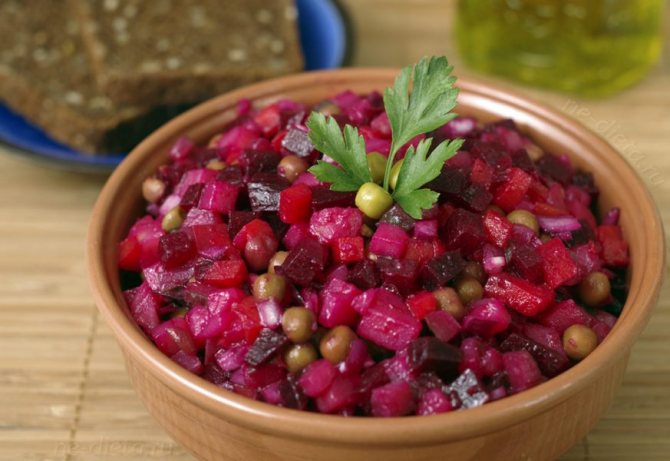
Freezing is the only way to “healthily” preserve food. In this case, the nutritional value does not change.
Some tips for proper nutrition
1. Fried dishes should be present on the table extremely rarely; you can completely abandon them, replacing them with boiled, stewed and baked dishes. These cooking methods do not involve the use of large amounts of additional fat, and also help to retain most of the beneficial elements. 2. You should eat more salads, herbs and fresh vegetables, preparing salads from them. They should be seasoned with soybean, olive or corn oil, but it is better to avoid dressings such as full-fat sour cream and mayonnaise. 3. It is better to eat sweets and baked goods only on holidays or special days, and even then in small quantities; they should not have a place in the daily diet. 4. The lightest, low-calorie and healthy foods are fresh fruits and vegetables, for example, cabbage, carrots, cucumber, tangerines, pears, melon, watermelon, radishes and others. 5. Don’t snack on the run or buy food in fast food stores. 6. Chocolate lovers do not have to completely give up this sweetness. Just replace other varieties with high-quality dark chocolate without any fillers.
Nuts and seeds
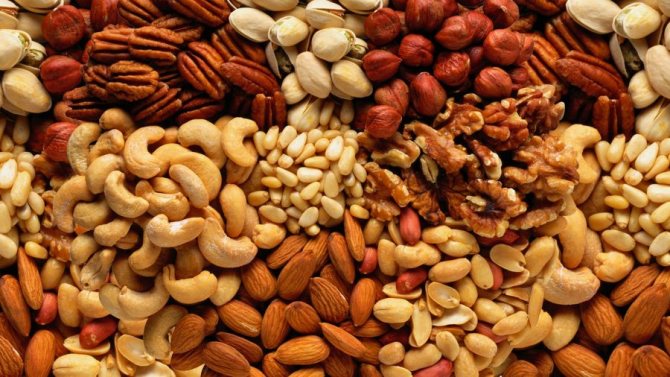
Rich in nutrients, nuts are a great addition to your regular diet, as well as an excellent snack option throughout the day. However, even one glance at the table of their calorie content is enough to come to the conclusion that nuts are a high-calorie product that should be consumed very carefully.
The most nutritious are Australian macadamia (718 kcal), ours are pine nuts (680 kcal) and almonds (654 kcal). The calorie content of the rest is on average 500 kcal. Walnut contains 576 kcal.
Nuts are rich in Omega-3 fatty acids; they can replace meat products in terms of protein and solve the problem of “bad” cholesterol.
Fans of seeds should understand that even a small bag of this delicacy (90 g) is harmful to the pancreas and provides the body with a third of daily energy. In order not to gain weight, it is better not to abuse the seeds.
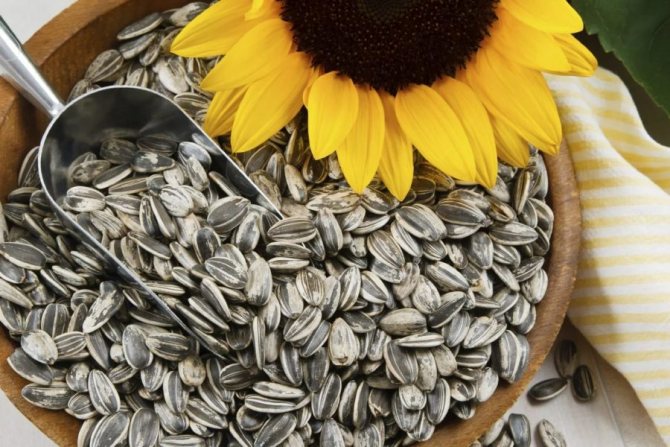
As for southern exotics, roasted chestnuts, although considered filling, are low in calories (only 182 kcal). The energy value of 380 kcal allows you, without thinking about weight, to enjoy another delicacy from supermarket shelves - coconuts.
Pasteurized or sterilized?
The pasteurized product is processed at temperatures up to 70 degrees Celsius for a certain time. The harmful bacteria in it died, and most of the vitamins remained intact. Such products last from several days to weeks. Sterilization involves processing at temperatures of 100 degrees or higher. A sterilized product is stored longer than after pasteurization, but the content of vitamins in it drops by two or more times. Pasteurized products are healthier, but sterilized products last longer and sometimes do not even require refrigeration.
Oil and fat
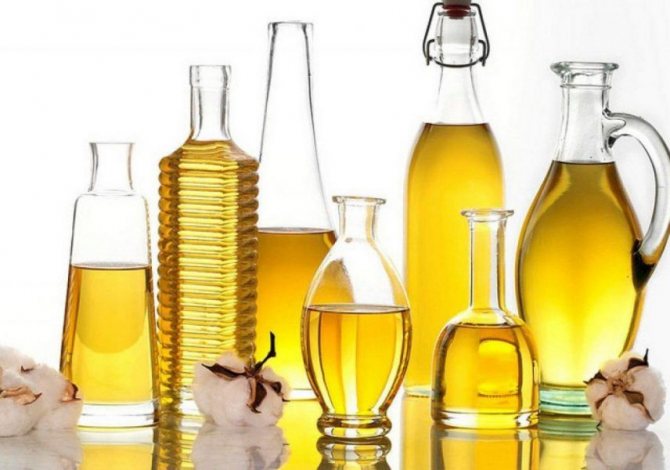
Vegetable oil is a must. But to get the fat a person needs, just one tablespoon is enough. The average calorie content of vegetable oil is 890 kcal. Popular in our country, sunflower, olive and flaxseeds occupy ranking positions in the list of high-calorie foods. Mayonnaise and various kinds of sauces were also on the “black” list.
What does "Cholesterol Free" mean?
This advertising slogan is sometimes placed on products that never contained cholesterol in order to attract additional attention. For example, it is not found in any vegetable oils, since cholesterol is a product of exclusively animal origin. Cholesterol-free foods are not necessarily very healthy. For example, there is no cholesterol in spreads made from vegetable oils, many confectionery fats and cheap margarines. These foods are high in calories and contain trans fats. Treat advertising slogans on packaging with healthy skepticism and pay more attention to the composition.
Beverages
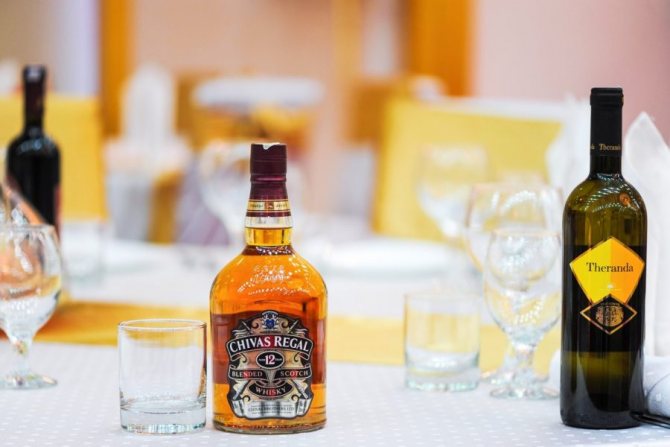
Everything is simple here: calorie content is directly proportional to the ingredients. First of all, it depends on the presence of sugar in the composition and on the strength of alcohol. The more chocolate, cream, honey and all kinds of syrups it contains, the greater the energy value. The record holder is hot chocolate with cream (500 kcal), as well as vodka with cognac (240 kcal).
Calorie content of ready meals
Only every tenth dish in the world can be called healthy, that is, one that contains up to 600 kilocalories. The food industry and the restaurant business offer their customers delicacies with enchanting tastes, but they contain hidden calories that can be hidden even in the most dietary, at first glance, dishes.
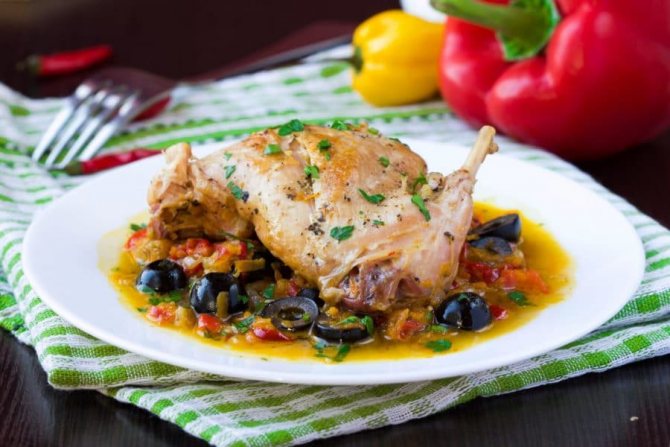
For example, a simple salad with cucumbers, cabbage and tomatoes, but combined with sauce - a time bomb. Frying in oil increases the number of calories by 3 times. But even this is not the worst thing about catering establishments. Employees of cafes, restaurants and culinary departments in city supermarkets add monosodium glutamate, emulsifiers, thickeners and all kinds of dressings to food. As a result, high-calorie foods cause addiction similar to nicotine.
Top 10 most high-calorie dishes
| Food | Trick |
| Sandwiches | 1500 kcal and 101 g fat. Chicken, pork and melted cheese in the composition do their job. |
| Peanut pie | "Trap" for a gourmet. Vegetable fat in the composition and as a result - more than 20 g of fat in each piece. |
| Burger | The taste is a bomb, the calories are a killer. A beef cutlet, devil's bun, bacon and cheese add up to 3,500 kcal. |
| Milkshake | Drinking whipped cream with sugar and chocolate in 10 minutes is almost your daily requirement of fat. 1680 kcal. |
| Foie gras | An unearthly delicacy, a fatty snack. 44 g fat and 462 kcal. |
| Aspic | A very high-calorie dish. Fatty meat, offal, and bones increase calorie content. The gravy in the jellied meat is pure cholesterol. Result – 330 kcal. |
| Sausage | Lard, meat from the shoulder blade, animal fat in the composition “kill” any organism. 100 g of slices contain 25 g of fat. |
| Ice cream | High concentration of milk fat. Pay for taste - 16 g of fat. |
| Chips/fast food | 557 kcal. In the literal sense of the word, they put a person “on the needle” of high-calorie nutrition. |
| Cookie | 502 kcal. Flour products are high in calories. But the cookies contain not only margarine, but also vegetable oil. |
Where to pay attention to salt
Salt in a product may be referred to as either “salt” or “sodium.” Look carefully at the amount of salt in the product - the closer it is to the beginning of the list of products, the greater its share in the food. A healthy dose of salt per day is about 5 g (teaspoon). In terms of sodium – 1.5-2.0 g of sodium, which is about a third in salt. Excess salt is found in all processed meat products: sausages, smoked meats, dried and salted meat, canned meat. There is a lot of salt in hard cheeses, salted and smoked fish, canned food, pickled vegetables, chips, crackers, fast food and even bread. It is easier to control the amount of salt in your diet if you cook at home and do not overuse hard cheeses and smoked meats.
Weight Gain Products
Some people find it difficult to gain weight. Supplementing your diet with certain foods has been proven to affect muscle mass.
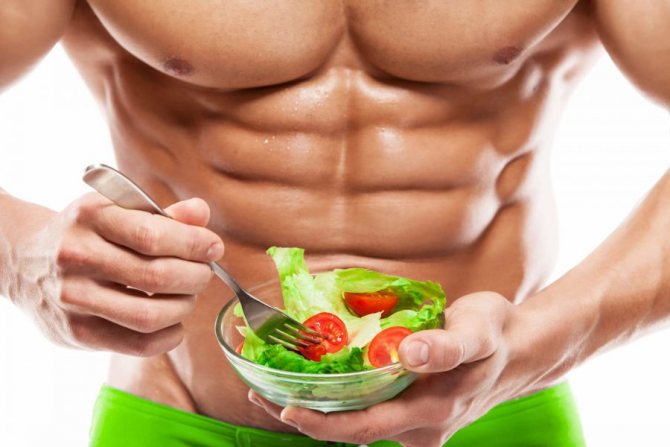
Foods that will help you gain weight:
- Homemade milk;
- Rice porrige;
- Nuts;
- Red meat;
- Starchy foods;
- Fatty fish;
- Protein dietary supplements;
- Protein shakes;
- Dried fruits;
- Black chocolate;
- Yogurt.
To gain muscle mass rather than fat, it is important not to forget about daily moderate sports activity.
